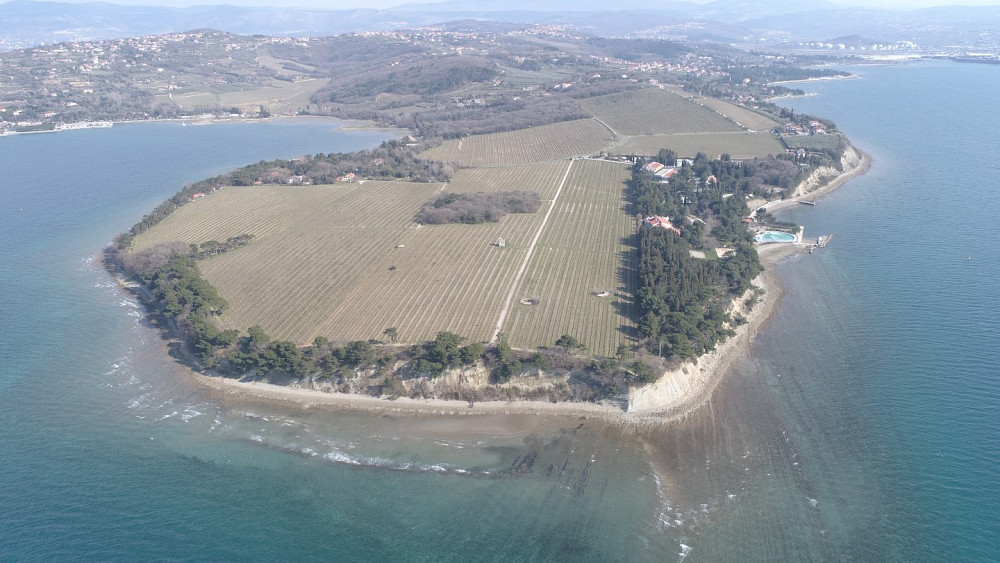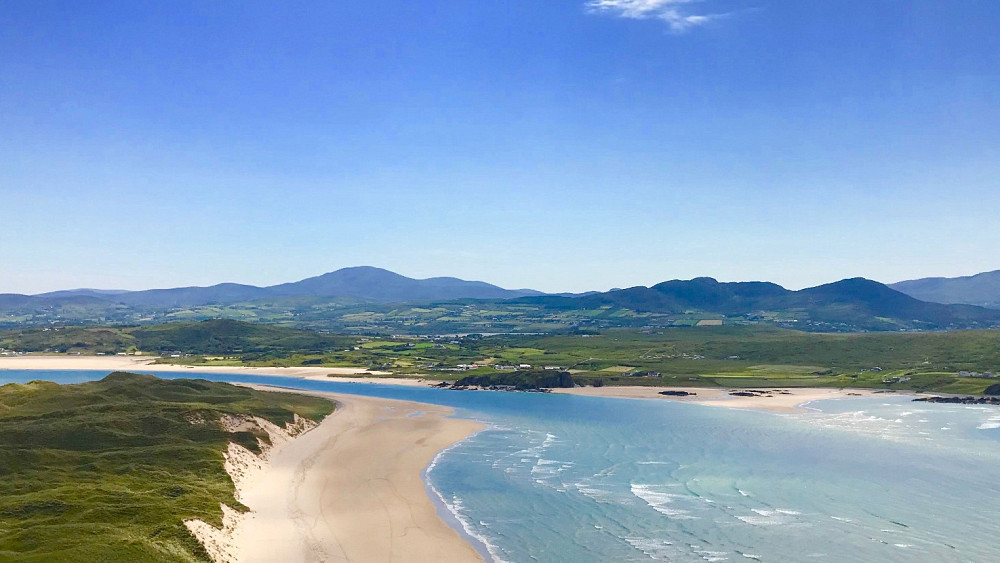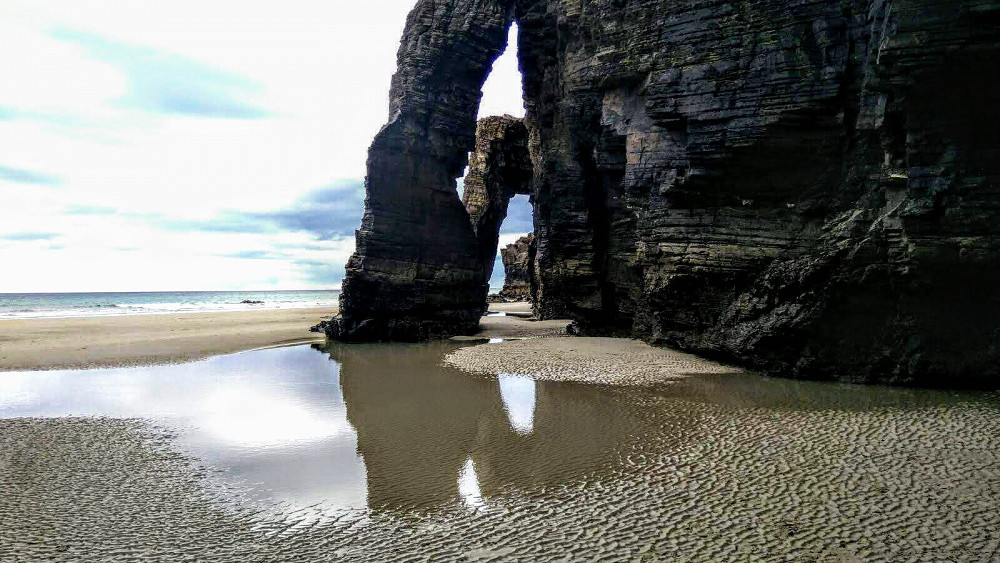Coast and Sea
Main impacts:
- To recognise the critical importance of coastal and marine geology for the sustainable development, management and protection of coastal areas and the seabed
- To optimise deployment of offshore wind farms and associated infrastructure




